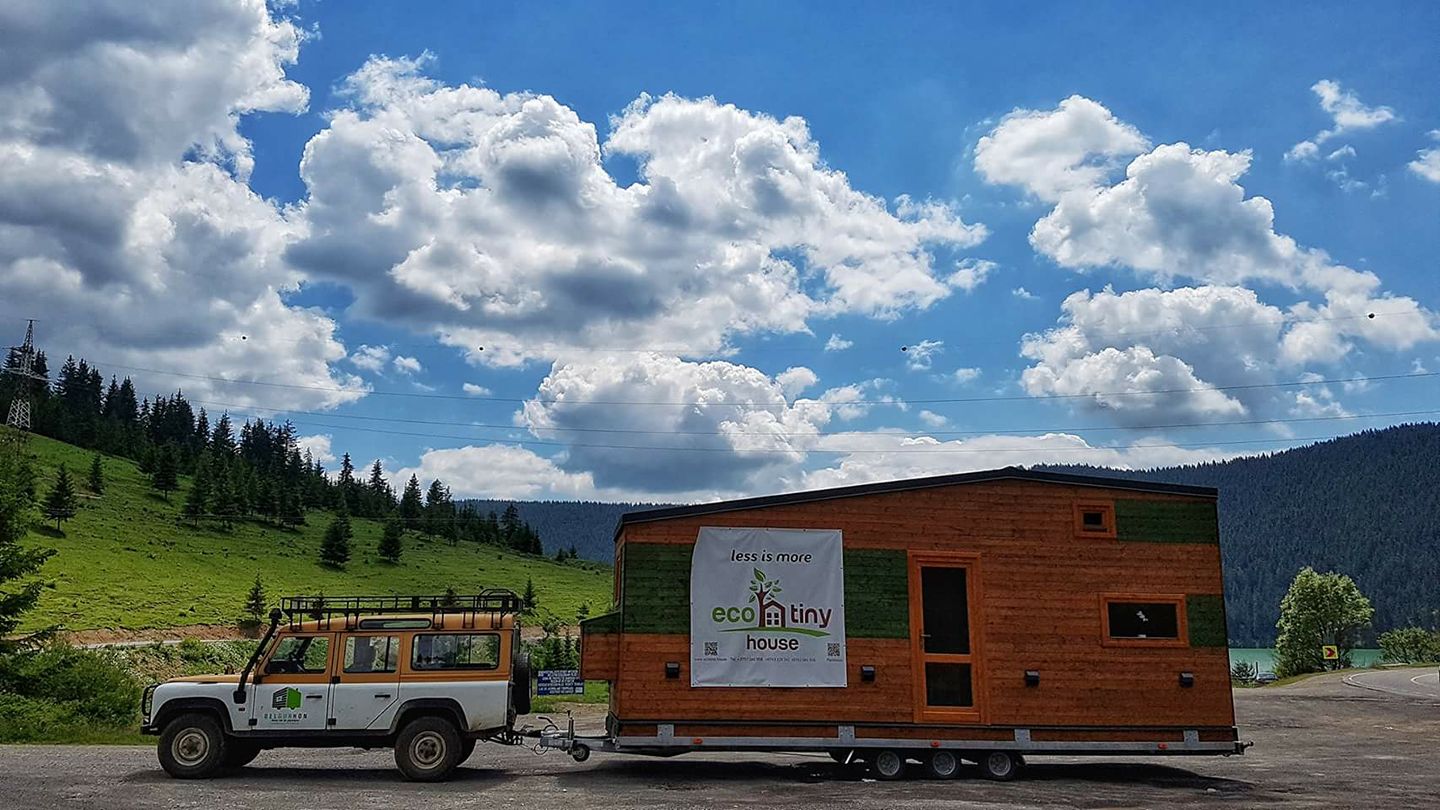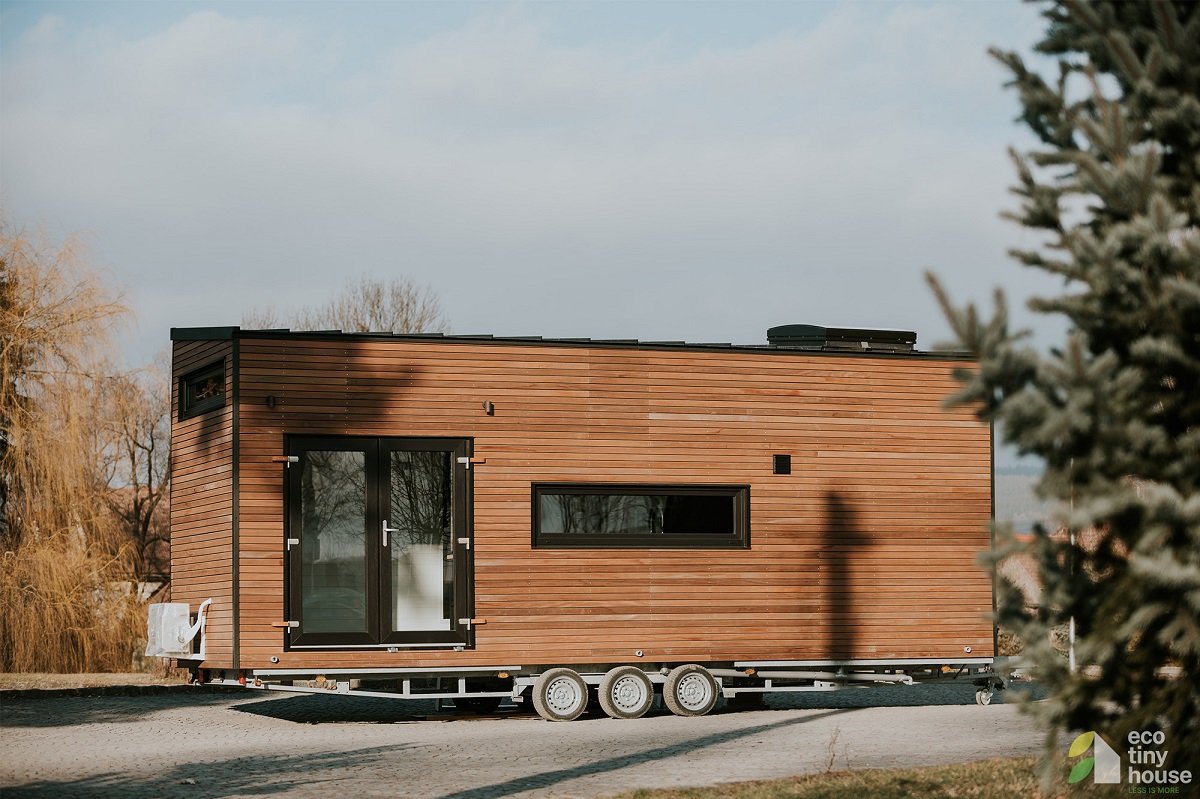One of the largest producers of Tiny Houses is a Transylvanian Hungarian couple

Tiny Houses are as close to nature as they get, besides they come with small daily costs and increased mobility – all of which have contributed to customers’ growing interest in Tiny Houses. These buildings are not caravans but real homes, and although they have wheels, they are rather designed for easy relocation than long-term traveling.
Close to nature, minimalist, environmentally conscious
The coronavirus epidemic has brought many changes to all aspects of life, including the economy – especially the housing market. One of the effects of the epidemic and long periods of lockdown is people’s heightened inclination to return to the closeness of nature. Quite a few basic truths have been questioned, including the benefits of living in a big city since a large percentage of the population no longer goes to the office on a daily basis or switched entirely to home office. Accordingly, housing preferences have also changed, showing a growing demand for mobile houses which belong to the so-called tiny house category, writes vg.hu.
The architectural and social trend, which focuses on cost-effectiveness, minimalism, environmental awareness, mobility, and the lifestyle of freedom, is gaining ground in Romania as well. So much so that today many customers, who consider purchasing tiny houses, do not view them merely as holiday homes but as a primary housing option.



Read also: Miniature memorial of Russian-Ukrainian war erected by Kolodko in Budapest – PHOTOS
The first one was built for private use
The world’s largest tiny house factory operates in Szeklerland, Transylvania.
Botond Szakács and Emőke, a Hungarian design engineer couple from Csíkszereda started building their own house in 2015, in which they started spending more and more time in 2017. Today, they consider it their permanent home. The house proved to be so stable that starting from this prototype, the couple founded Eco Tiny House Ltd. in 2017. The company designs and constructs small, mobile wooden houses.
In a general sense of the phenomenon, there has been a clear increase in demand for tiny houses, including houses for tourist use, over the past year or two. Prior to the outbreak of the coronavirus epidemic, the couple mostly constructed houses for private use, but since then the B2B line has been strengthened. Based on the orders, it can be stated that the tourism sector’s interest in tiny houses has increased significantly over the last 2-3 years.
The trend started after the US economic crisis
Although the roots are somewhat older, the mini-house movement really “exploded” in the United States around 2009 after the economic crisis. The crisis caused by the real estate balloons had a strong impact on the housing market, that is when the mini-house movement came into the picture. In addition to financial independence, apartments on wheels also meant increased mobility.
According to the owners, having a small house is less troublesome than a big one. In Romania, the need for mobility has also increased due to a current law that says that the creation of roundhouses does not require a building permit.
Source: vg.hu





